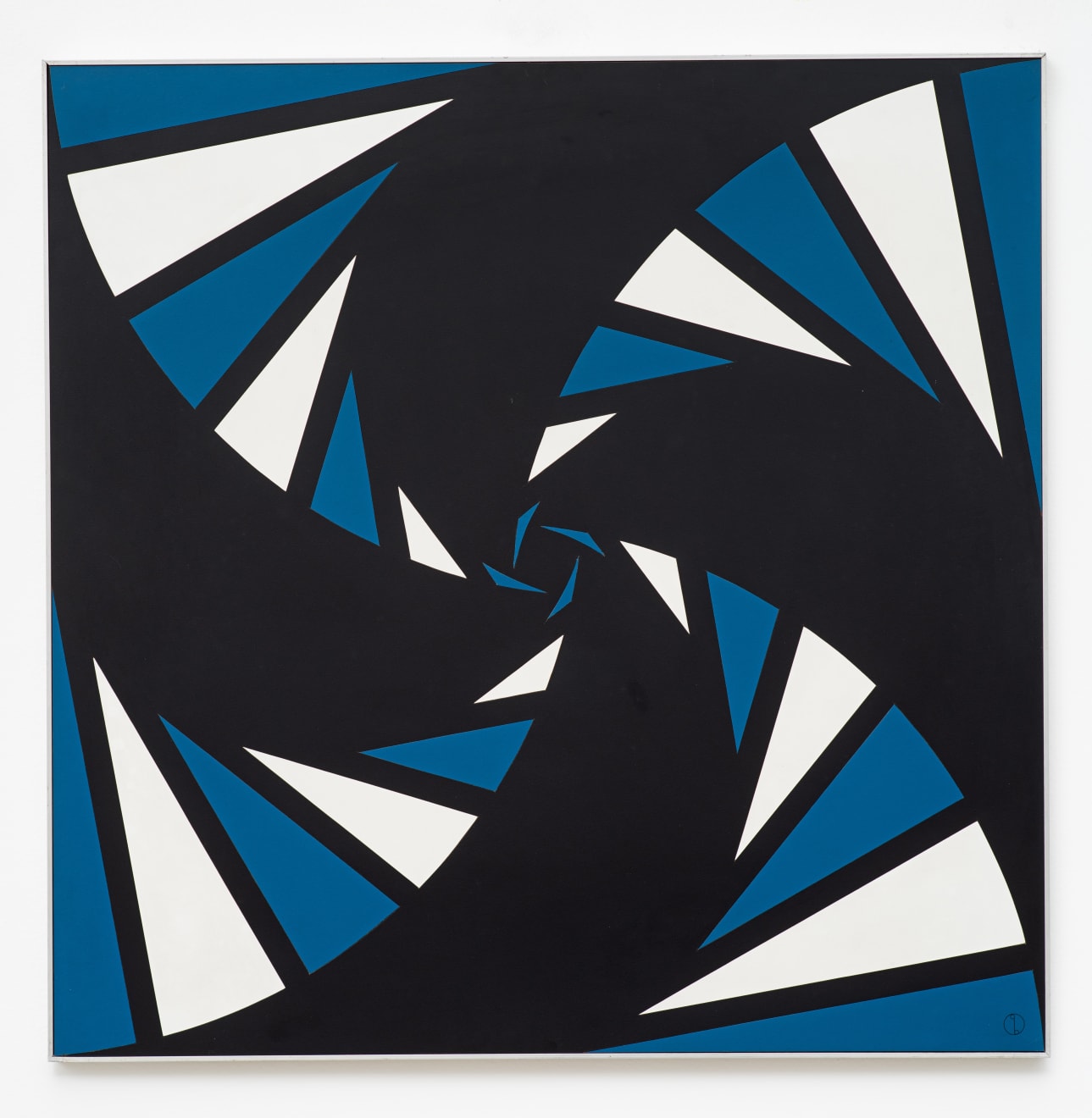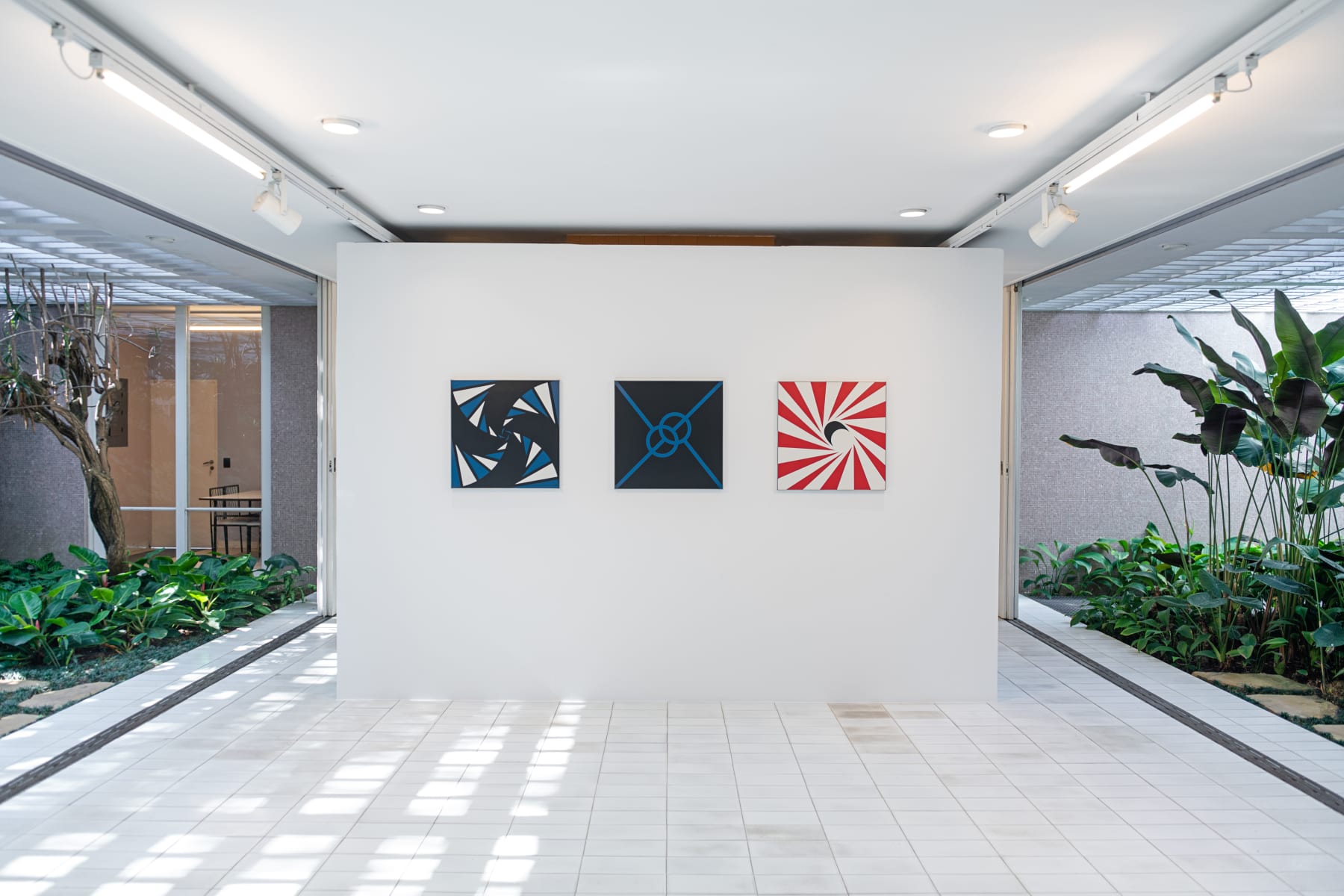-
Obras
Geraldo de Barros
Sem título | Untitled, 1953/1996montagem em plástico laminado sobre madeira
laminated plastic mounted on wood60,5 x 60,5 cm
23.82 x 23.82 inGeraldo de Barros is a key name of 20th-century Brazilian art. Combining his first studies on painting with a later interest in photography, he pushed the envelope of the traditional photographic processes, questioning the classic rules of composition. Geraldo de Barros took a formal concern – as clearly seen in Brazilian concretism, in which participated intensely – and managed to merge this with his social concerns, leading him to approach the industrial processes in his work, dealing coherently with geometric constructions, reproducibility, the socialization of art, the theory of form and industrial design.A key figure in the history of Brazilian contemporary art, Geraldo de Barros is recognized for having paved the way for the Brazilian artistic avant-garde of the 1940s, ’50s, and ’60s. His multidisciplinary investigations helped position Brazilian art among the most powerful in the world, breaking artistic paradigms through his innovative use of forms, materials, and supports, as well as his persistent questioning of the notion of the reproducibility of the artwork.Barros’s aim to democratize design and art led him to explore possibilities for creating works that were easy to produce and more accessible. To this end, in the 1980s, the artist created a series of works in Formica to be manufactured at the Hobjeto furniture factory. Both the furniture and the Formica works, also known as object-paintings, were made using the same techniques.Um dos artistas brasileiros mais importantes da contemporaneidade, Geraldo de Barros carrega o legado de quem pavimentou o caminho para a vanguarda artística brasileira das décadas de 1940, 50 e 60. A multidisciplinaridade de suas pesquisas contribuiu para posicionar nossa arte entre as mais potentes do mundo, quebrando paradigmas dentro da linguagem artística, seja com as formas, materiais e suportes, seja por meio do questionamento permanente da noção de reprodutibilidade da obra de arte.Popularizar o design e a arte levou o artista a estudar as possibilidades de criação de obras que fossem de fácil produção e mais acessível. Sendo assim, na década de 1980, o artista criou uma série de trabalhos em fórmica para serem manufaturados na fábrica de móveis Hobjeto. Tanto o mobiliário, quanto às obras em fórmica, conhecidas também como pinturas-objetos, eram realizadas utilizando as mesmas técnicas.



